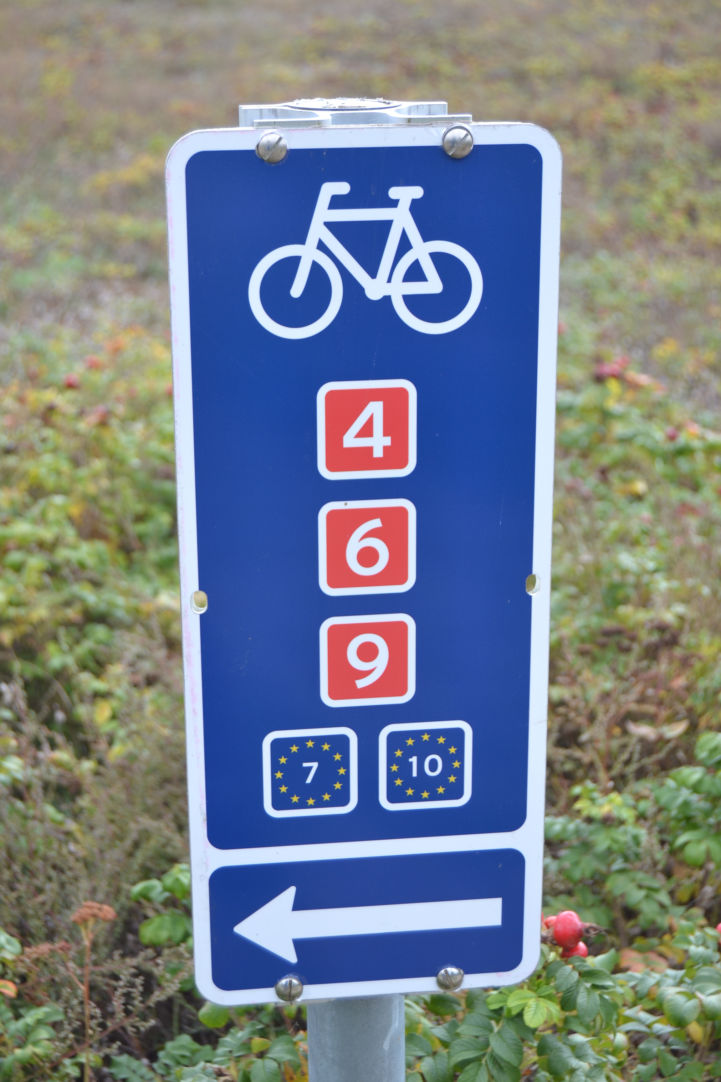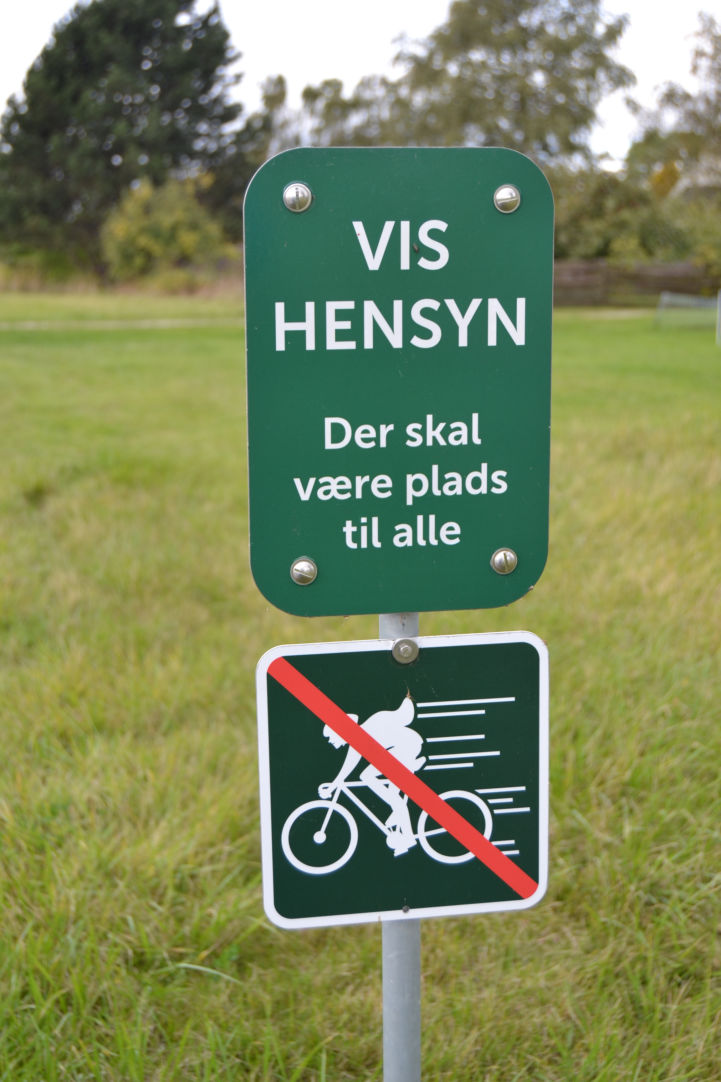Cycling from Copenhagen to the South: Denmark takes steps to improve cohabitation between path users!

The inauguration of the rerouting took place last October, on a day of tailwind and sunshine on the bike paths. Around 25 cyclists and a couple of electric 3-wheeled vehicles gathered in a café in Brøndby, about 10 km from Copenhagen and on the EuroVelo itineraries. Architect Laura Freyberg Petersen welcomed the participants on behalf of Brøndby Strandparken nature park and gave the floor to Jens Erik Larsen from Foreningen Frie Fugle.
Jens Erik presented the European and national cycling routes that cross the area, namely EuroVelo 7 – Sun Route, EuroVelo 10 – Baltic Sea Cycle Route, and Danish National Route 9, a section of the international Bikeway Berlin – Copenhagen. Coming from West Jutland and Odense and crossing the country horizontally, Danish National Routes 4 and 6 also pass through the area before reaching Copenhagen, their end destination.
Cycling northwards from the café and following EuroVelo 7 (which is signed with EuroVelo signs up to Copenhagen) would eventually bring you to the North Cape, after crossing the entire length of Sweden. As for EuroVelo 10 (which is signed with EuroVelo signs everywhere in Denmark), following this itinerary would take you on a tour around the Baltic Sea, visiting Scandinavia, the northern coasts of Germany and Poland, the Baltics and even a small part of Russia. However, Jens Erik recommended choosing the southward direction of EuroVelo 7 – Sun Route at this time of year, leading all the way towards the Mediterranean and the islands of Malta!

But in times of the COVID-19 pandemic, participants to the event agreed that it would be best to stick to the well-developed cycle routes and trails of the Brøndby nature park for the time being! After the café's owner had served coffee, tea and croissants, they all left for a cycle tour around the lakes nearby, to experience by themselves the old and new EuroVelo routes in the area.
Habits in terms of speed and preferred itinerary can differ between cycle path users, especially in areas that are crossed both by local inhabitants, for their daily walk or ride, and by cycle travellers covering over 70 km a day. The EuroVelo routes going through Brøndby used to go west of the lakes, but the path there is narrow, meaning that cyclists who choose to use it should cycle slowly and take care of pedestrians and other users. In order to preserve the quietness of this path and avoid conflicts between users, the EuroVelo and national itineraries have been moved away from the narrow path. Additionally, new signs have been installed in front of the path, inviting fast cyclists to use the super cycle highway along the main road, where speed is not an issue.
The nature park owner ended the inauguration event by expressing her hopes that the users of the coastal recreational area will follow these instructions, benefit from the new route guidance and take care of each other. This example from Denmark can certainly serve as a good practice for other locations of the EuroVelo network experiencing similar conflicts between local and long-distance cyclists.
Authors: Jens Erik Larsen, Foreningen Frie Fugle & EuroVelo Council; Florence Grégoire